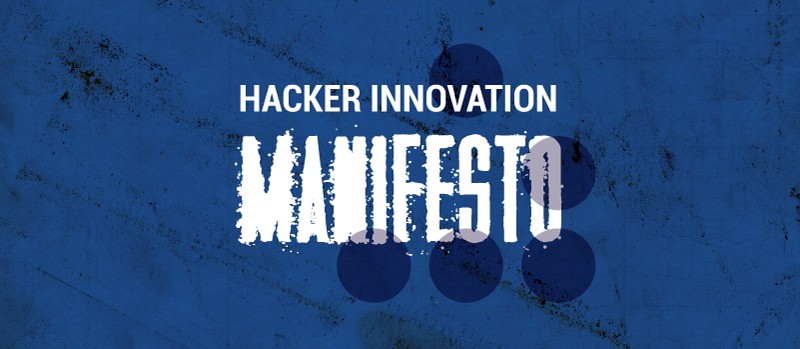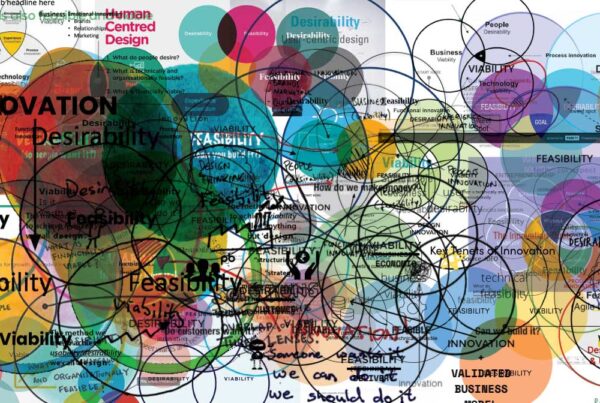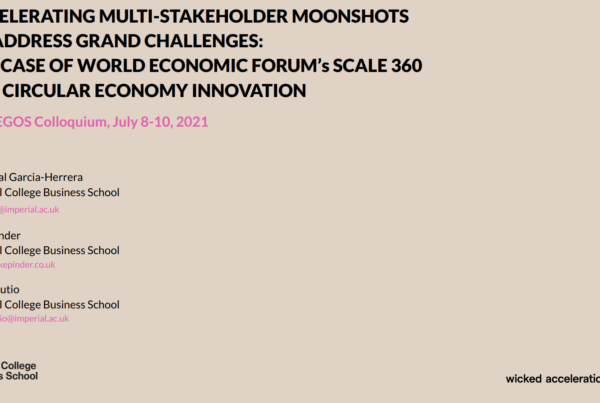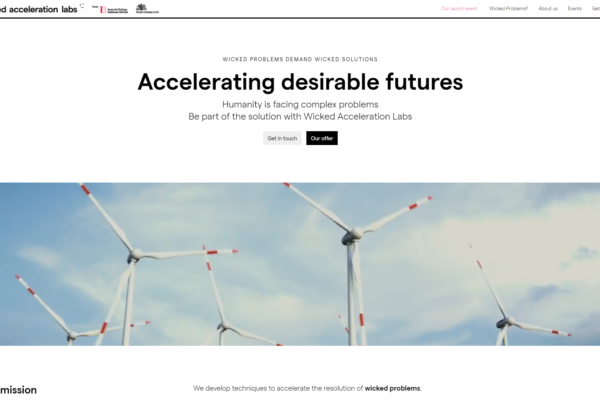
A summary of key takeaways from my Hacker Innovation Monograph.
WRONG MEANING
1. The term ‘hacker’ has been popularised by the media in all the wrong ways.
HACKING vs CRACKING
2. A hacker is not someone who steals vital information, breaks into your bank account, government or infrastructure networks. This is what is referred to as a ‘Computer Cracker’.
FREEDOM OF INFORMATION
3. Hackers don’t believe in private ownership of information per se. They seek to freely-combine knowledge as they see fit in order solve problems through creative trial and error.
PROBLEM SOLVERS
4. A true hacker is an inquisitive, passionate person who unrestrictedly and efficiently finds solutions to problems through rapid iterations, testing and prototyping in both the physical and digital worlds (just as within agile teams).
COMMON KNOWLEDGE
5. Hacking creates a communal pool of expert knowledge and skills applied with passionate-inquisitiveness to an existing technological artefact as a new potential source of innovation or value generation, whether for wider markets or personal consumption.
DECENTRALISED INNOVATION
6. Hacker innovation occurs because the locus of innovation no longer solely resides in the minds of a special few; or even solely within internal R&D departments. Knowledge is now spread across individuals, firms, stakeholders, consumers and motivated hackers, enabled by digital technologies and the networked society.
RECOMBINATION
7. Increasingly culturally legitimised by corporate hackathons, hack-days and nights alike, fourth generation hackers of today seek to freely-modify, remix, generate, reconfigure and redistribute open and proprietary knowledge seamlessly and creatively, recombining existing technologies, products and services and generating new forms of decentralised and distributed value creation networks.
SEERS & SEEKERS OF VALUE
8. Hacker innovators identify problems in need of solutions and set about finding ways to solve them. They are entirely unrestricted seers and seekers of value generation through cooperative advantage, not competitive advantage.
MODULAR ARCHITECHTURES
9. Hacker innovators unlock inherent modularity of architectural system components to allow new creative combinations to be made, generating knowledge to solve problems, bugs, issues or add new features.
FIRM RESTRICTIONS
10. There is little point trying to prevent reconfiguration of technological module configurations as hackers will always find ways of re-opening underlying design modularity restrictions.
OPERATORS
11. Hacker innovation occurs through iterative splitting, substituting, augmenting, excluding, inverting and porting of technological modular components to create new forms of value closely aligned with unmet needs and desires.
WIDER ADOPTION
12. Collaborative hacker innovation networks allow for efficient discovery and development of sustainable growth opportunities for firms through continual experimentation closely aligned with lead user needs and requirements, reflecting across wider adopter categories.
SELF-ORGANISED INNOVATION
13. Sources of innovation do not just occur in company hosted co-creation workshops, idea engagement platforms or focus groups. Hacker innovation occurs in self-organising, self-regulating networks outside the control of your firm, by your very customers.
MEANINGFUL COLLABORATION
14. Firms that facilitate and encourage hacker innovation activities can offer more meaningful collaboration interactions and enhanced engagement experiences with their consumers, driving loyalty.
CONSUMER NEEDS
15. Closely-aligned consumer needs and expectations generate better economics for enterprise and reduce business risks in the overall innovation process.
NEW DESIGN CONFIGURATIONS
16. Sources of new design configurations and features previously unknown or even conceived of by firms will emerge from collaborative hacker innovation networks.
INNOVATION CYCLES
17. Iterative hacker innovation cycles generate evolutionary improvements that are vital for further product and service development, helping drive future growth.
PRODUCT LIFECYCLE DISRUPTION
18. Hacker innovation will disrupt, affect and in some cases extend your product lifecycle and will impact your overall strategic planing.
DESIGN TRAJECTORIES
19. Hacker innovation generativity can inform and influence future product design and development trajectories with value propositions more closely meeting the high performing requirements of lead users as well as those reflected across wider adopter categories.
ORGANISATIONAL LINKAGES
20. Firms must enable organisational linkages between employees, customers, partners, vendors, suppliers and consumer hackers to foster value creation from both supply and demand sides of business to harness all sources and types of value creation.
RELATIONSHIPS
21. Firms must find ways to monitor, adapt, influence and absorb hacker innovation activities in a mutually beneficial co-creation relationships that make strategic sense for them.
CUSTOMER LITIGATION
22. Punishing, prosecuting or penalising your very own customers who passionately hack your products is not the answer (the music industry is eventually learning this).
NEW KNOWLEDGE
23. Hacker innovators generate a tremendous un-tapped and free source of additional research and knowledge generation throughout the entire product lifecycle, not just prior to launch by firms.
MANAGING HACKING
24. Management must develop the capabilities and culture to identify external innovation that make strategic sense to leverage, whilst supporting and engaging with co-creative hacker communities outside the firm control.
DESIGN CAPABILITIES
25. Design teams must develop the capacity to learn, nurture, share, deploy and absorb knowledge across traditional boundaries from all strategically useful sources, including from iterative and incremental peaks of value generated by hackers and lead users whilst avoiding the ‘not invented here’ mindset.
PRODUCTIVE RELATIONSHIPS
26. Mutually beneficial working relationships need defining and fostering to handle reward systems, and absorption frameworks that allow for new intellectual property generation flows in and out of firms.
YOUR COMPETITORS
27. There are several examples of large firms and organisations already actively engaging with their hacker innovation communities as an important source of disruptive value creation by deploying exclusive communication channels using private portals on hard to find publicly unavailable collaboration systems.
CO-CREATORS
28. Hackers should be seen as high priority co-creative, collaborative partners that support internal incremental innovation efforts through continuous modification, improvement of systems, products and services stemming from learning by using.
BUSINESS GROWTH
29. Hacker innovators are here to stay. They are richly value-generative, are crucial to your bottom line and are key to sustained growth.





